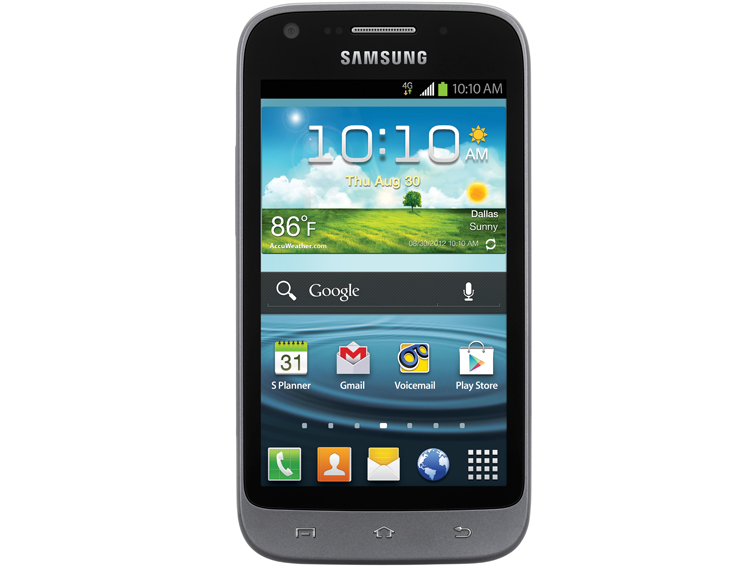 Mobile Marketing involves reaching customers and prospects when they’re using the internet away from the traditional home/office desktop. The increased usage of Smartphone, tablets and similar mobile devices has made mobile marketing an opportunity and challenge for businesses. In some countries, particularly emerging economies such as Indonesia, mobile has higher penetration than landlines.
Mobile Marketing involves reaching customers and prospects when they’re using the internet away from the traditional home/office desktop. The increased usage of Smartphone, tablets and similar mobile devices has made mobile marketing an opportunity and challenge for businesses. In some countries, particularly emerging economies such as Indonesia, mobile has higher penetration than landlines.
More than ever before, customers can research their require product or service anywhere anytime and organisations can access global audience. Online reviews are increasingly impacting the marketing mix and customer purchasing habits.
Marketing through mobile, like SMS (small message service) have emerged. It is estimated that it takes almost 5-6 minutes of interval to read a message that increases the customers’ response rate as well. Many organisations have customer databases and the ability to send them promotional packages and special offers through SMS service. Enterprise solution software or Customer Retention Management (CRM) software can potentially assist enterprises to send marketing messages in a single click to all customers. This can potentially provide benefits of speed to market and customer engagement.
MMS (multimedia messaging service) is a step towards 2D (2 dimensional) and 3D (3 dimensional) representation of products. Organisations can send an MMS to their clients to present a better picture of their product and attain customers ‘product’ but at a service charge.
QR Codes and Blue Tooth can allow customers to easily transmit data from the outside to their mobiles. Push notifications can send messages as they become available and allow consumers to read more or to dismiss messages.
Mobile sites and apps allow consumers to quickly access optimized content without having to zoom in or receive error messages from different programming languages. Designing online retail sites can potentially be advantageous. Many online retail sites have mobile websites which are not only fully optimized with mobiles but also provide option to customize the shopping experience, suggest products and promote items. Customers can customise the web experience according to their demands and can access products from anywhere anytime in the world.
Some organizations use wifi as a competitive advantage. Stores such as Starbucks often provide free wifi which can have the potential to boost traffic and the length of time customers spend in stores.
GPS (Global Positioning Software) increasingly helps companies and customers locate businesses, restaurants, hotels, inventories, shipments, products and deals. GPS and distance marketing increasingly supports both mobile marketing industry and traditional ways of marketing to capture the attention of the customers. LBS (Location base services) also integral part of mobile marketing that can even operate without GPS and send marketing messages to customers based on their locality.
With the advent of so much communication, allowing customers to customize their communications can be a helpful way to engage customers. Many apps allow consumers to opt-out quickly to optimize their experience.
It will also be interesting to see how some societies, those who are leapfrogging to mobile societies and what that will mean for the workplace. It also raises questions about the infrastructure of data usage and wifi networks worldwide.



